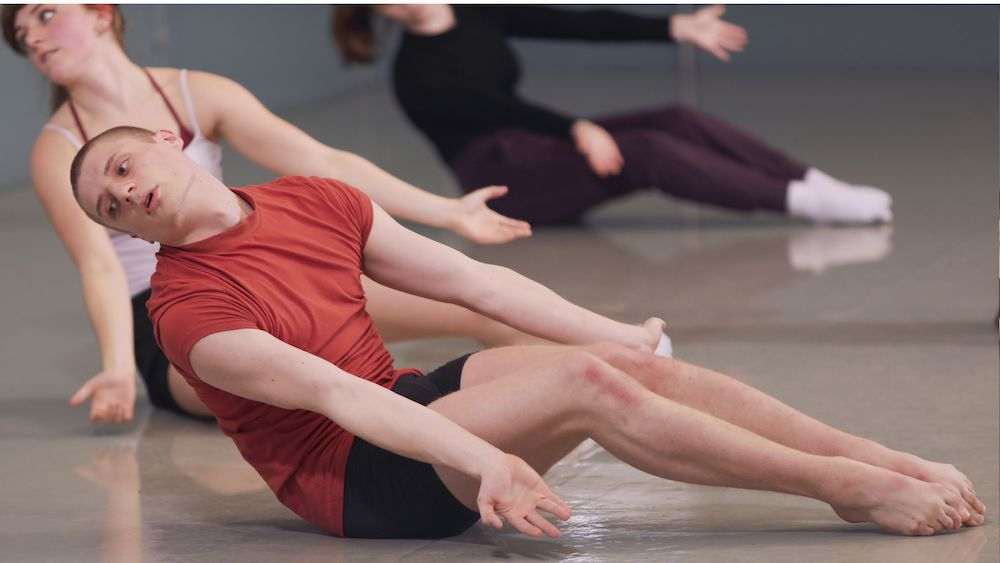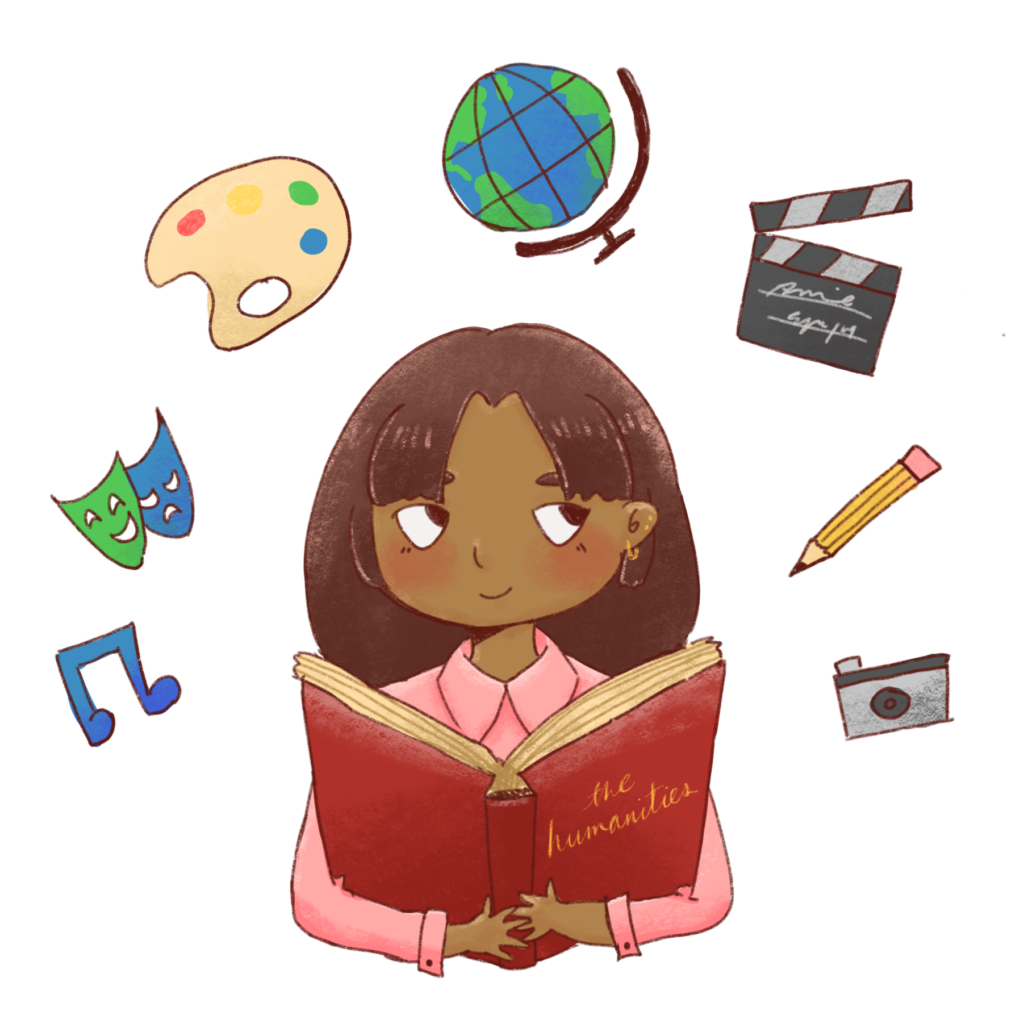Art in Turbulent Times serves as a powerful lens through which we can examine how creativity reflects society’s struggles during periods of crisis. As political unrest unfolds, artists across the globe craft profound works that encapsulate the emotions and experiences of their era. Joseph Koerner’s explorations into pieces like Max Beckmann’s self-portrait challenge us to analyze the role of art as both a mirror and an omen of societal upheaval. Coupled with analyses of Hieronymus Bosch’s interpretations, these artworks provide commentary on the chaos surrounding them. By understanding the intricate relationship between political turmoil and artistic expression, we discover how art can function as both a reaction to and a reflection of the turbulent times it emerges from.
The exploration of creativity during moments of societal upheaval, referred to as “Art in Turbulent Contexts,” reveals the ways in which artists respond to the chaos enveloping their worlds. In times marked by strife and political volatility, the works created serve as a vital commentary on the conditions shaping human experience. Renowned figures like Joseph Koerner delve into notable pieces such as Beckmann’s striking self-portrait, which provoke insights into the artist’s perception of authority and order amidst chaos. Analyzing Bosch’s masterpieces offers deeper understanding into how interpretations of art evolve in response to each generation’s crises. Ultimately, examining this body of work uncovers profound lessons regarding the human condition, showcasing art’s role as both reflection and prophecy during eras of uncertainty.
Art as Omen in Turbulent Times
In the chaos of political unrest, art often emerges as a powerful communicator of societal fears and hopes. Joseph Koerner’s exploration into the realm of artworks created during periods of turmoil reveals that such pieces serve not just as reflections of their time but can be viewed as profound omens. The significance of this lies in the dual nature of art in a state of siege, where it can simultaneously depict despair while offering guidance to navigate through crises. Works like Hieronymus Bosch’s “The Garden of Earthly Delights” have transcended their original intent, morphing into visual texts that speak to contemporary anxieties and desires, reminding viewers that art can capture the essence of the human condition in perilous times.
Furthermore, Koerner emphasizes the need to re-examine the traditional narratives associated with historical artworks. The interpretation of Bosch’s triptych, for example, raises questions about moral and societal frameworks, forcing contemporary audiences to confront their discomfort and engage with the ambiguities present. In this view, art becomes more than mere decoration; it transforms into a battleground for ideological interpretations, where different factions, from liberal thinkers to far-right enthusiasts, find resonance in its imagery. Hence, understanding art as an omen not only enriches our appreciation of its complexity but also connects us to the shared human experience during uncertain epochs.
The Role of Political Unrest in Shaping Art
Political unrest acts as a catalyst for artistic expression, prompting creators to respond to the shifting tides of their environments. Joseph Koerner’s analysis intertwines historical context with the artistic responses to socio-political challenges, providing a lens through which we can appreciate the transformative power of art. As seen in Max Beckmann’s “Self-Portrait in Tuxedo,” the artist grapples with a crumbling democratic framework in post-WWI Germany, illustrating how the tumult of the age erodes the ideals of artistic optimism. Such self-portraits encapsulate not only personal struggle but also the broader societal tensions that demand acknowledgment and reflection.
In times of upheaval, artists often become spokespersons for their communities, capturing the essence of collective despair and resilience through their works. Through the scrutiny of Beckmann’s symbolism and the narrative depth in Bosch’s creations, we realize that art is intricately woven into the social fabric of its time, embodying the struggles faced by those who live through it. As a result, political unrest doesn’t merely influence styles but radically reshapes the purpose and perception of art, pushing creators to redefine their roles as either warriors against oppression or witnesses to human suffering.
Exploring Hieronymus Bosch’s Art Amid Crisis
Hieronymus Bosch’s artworks provide a unique commentary on the fears and moral conflicts prevalent during times of societal upheaval. His famous triptych, “The Garden of Earthly Delights,” elucidates a cosmos filled with chaotic imagery that invites interpretations related to sin, salvation, and the consequences of humanity’s choices. Koerner suggests that Bosch’s art serves as both a reflection of his society’s anxieties and an avenue for viewers to project their fears. By analyzing Bosch’s work through the lens of modern political unrest, we can appreciate its relevance even today, as we grapple with issues that mirror the tumult of Bosch’s own era.
What makes Bosch particularly compelling in discussions of art in turbulent times is the ambiguity that surrounds his subjects. His paintings evoke questions about villainy and virtue amidst moral chaos, challenging the viewer to confront discomfort and interpret the complex narratives presented. By blurring the lines between artist and audience, Bosch facilitates a dialogue that encourages reflection and introspection, where each viewing can yield different insights based on the viewer’s context. Thus, Bosch’s work remains a significant thread in the fabric of art history, emblematic of how artists have historically engaged with fear, conflict, and the perceived enemies of their times.
Max Beckmann’s Striking Frontal Self-Portrait
Max Beckmann’s “Self-Portrait in Tuxedo” stands out as a vivid representation of the artist’s confrontation with the chaotic political landscape of 1920s Germany. The painting’s direct gaze and stark composition compel viewers to engage with the artist’s plight and the broader ramifications of a society on the brink of collapse. Koerner points out that this self-portrait is more than a mere image; it signifies Beckmann’s role as an arbiter of truth amidst chaos, asserting the importance of the artist’s agency in shaping societal discourse during times of unrest.
The significance of Beckmann’s depiction lies in its balance between personal identity and collective experience. As the viewer locks eyes with his confident yet troubled expression, a narrative unfolds about the artist’s resilience against the backdrop of political strife. This painting represents a moment of clarity in the midst of uncertainty, where art emerges as a response to the crises of the time and reflects the struggle of an artist trying to carve out meaning within destruction. Beckmann’s work exemplifies how personal and political narratives intertwine, making it an essential study for understanding the broader relationship between art and turbulent socio-political landscapes.
Art and the Search for Meaning in Turbulent Times
The quest for meaning during periods of political unrest is often mirrored in the art produced during such epochs. Koerner’s exploration into the interplay between artists and their environments unveils the ways in which masterpieces can resonate with anxiety and hope, revealing the shared human experience of navigating crises. Art becomes a vessel through which individuals seek understanding of their circumstances, invoking discussions about morality, identity, and society’s collective future. The works of Bosch, Beckmann, and others serve as testimonies to the anxieties of their times, reflecting not just personal struggles, but also communal battles against oppression and chaos.
Moreover, the act of creating and interpreting art within this context provides a space for reflection and potential healing. For communities grappling with shared trauma, engaging with art can foster dialogues about resilience and the fight for human dignity amidst despair. As Koerner aptly suggests, understanding art as an omen in turbulent times enables us to see it as a resource—an offering of solace and insight during moments when conventional answers collapse. Through this lens, the role of art transcends aesthetic appreciation, becoming a powerful means of grappling with the complexities of political unrest and the search for a pathway forward.
The Historical Impact of Art in Civil Unrest
The historical narrative of art in times of civil unrest is rich with examples of how creativity serves various purposes—from documentation to resistance. Artists like Bosch and Beckmann, in their respective timelines, engaged deeply with the tumult of their eras, producing works that articulated visible dissent or longing for stability amidst chaos. Their creations became mirrors reflecting societal disturbances and personal struggles, allowing audiences to engage with their context critically. Koerner’s studies demonstrate how art can capture the atmosphere of anxiety, signaling changes within the political landscape, and providing a reflection point for future generations.
Additionally, examining these artworks reveals how they influence contemporary understanding of civil strife. The persistent relevance of their themes encourages ongoing dialogue about the role of art in activism and resistance. In a broader sense, each piece acts as a historical marker, further complicating our understanding of artists’ relationships to their time and the collective responses they evoke. Such explorations not only enrich art history but also reframe the relevance of cultural production in shaping narratives around power, identity, and struggle, thus offering insights into how art can navigate and articulate the experiences of those living through civil unrest.
Art as Resistance in the Face of Oppression
Art has historically functioned as a form of resistance, allowing individuals and communities to challenge oppression and convey dissent in unique ways. In his discussion of artists from Bosch to Beckmann, Koerner highlights how creative expression transcends mere aesthetics to become a battlefield for political ideologies. These artists utilized their mediums not only to reflect the turmoil surrounding them but to express their opposition to the forces threatening personal and societal integrity. This intersection between art and activism is crucial in understanding how individuals resist narratives imposed by power structures.
Moreover, the resilience of artists amid oppression speaks volumes about the importance of cultural narratives in fostering social change. The artworks produced during periods of crisis serve as testaments to the human spirit’s fight for freedom and justice, serving both local and global audiences by presenting compelling narratives of struggle. They challenge viewers to reconsider their relationship with authority and to recognize the enduring impact of creative expression as a vital tool for achieving social justice and influencing public discourse. Koerner’s insights into these correlations underscore the role of art as a transformative vehicle for both personal reflection and collective action against oppression.
The Influence of Art in Modern Political Contexts
In today’s world, art continues to be shaped by the nuances of contemporary political landscapes, echoing the themes explored by historical artists amidst their respective turmoil. Koerner’s reflections on Bosch’s relevance during modern political crises provide a roadmap for understanding how art can address current global issues ranging from nationalism to human rights violations. Art can provide a platform for discussions that may otherwise be sidelined in political discourse, promoting awareness and empathy in a rapidly changing environment. This dialogue between the past and present is crucial for recognizing ongoing struggles and instilling hope for the future.
Furthermore, artists today frequently draw upon the collective experiences of their predecessors, utilizing historical insights as a framework for their works. This connection fosters continuity within artistic expression, where the lessons derived from tumultuous histories encourage contemporary artists to grapple with the complexities of modern-day sociopolitical issues. As audiences increasingly turn to art for understanding their world, the interplay between artistic endeavors and political struggles remains vital, ensuring that the legacy of art as an omen endures even in the face of new challenges.
Frequently Asked Questions
What is the connection between Joseph Koerner and his analysis of art in turbulent times?
Joseph Koerner has made significant contributions to the understanding of how art reflects and responds to political unrest. His book ‘Art in a State of Siege’ explores works that serve as omens during times of crisis, analyzing the psychological and societal implications of pieces like Max Beckmann’s ‘Self-Portrait in Tuxedo’ and Bosch’s ‘The Garden of Earthly Delights’.
How does Hieronymus Bosch’s work symbolize political unrest in art?
Hieronymus Bosch’s artworks, especially ‘The Garden of Earthly Delights’, are seen as reflections of socio-political turmoil and anxiety. Koerner argues that these pieces resonate with contemporary viewers facing their own crises, suggesting that Bosch’s chaotic imagery serves as a guide or omen for navigating today’s turbulent times.
Why is Max Beckmann’s self-portrait significant in the context of art and political turmoil?
Max Beckmann’s ‘Self-Portrait in Tuxedo’, created during post-WWI political chaos in Germany, embodies the artist’s role as a mediator of societal balance. Koerner highlights how Beckmann’s work offers an example of how artists respond to unrest, asserting that art can possess the power to influence and shape political discourse.
What role does art play as an omen during times of political unrest?
Art acts as an omen in turbulent times by offering insights and reflections on the human condition amidst chaos. In his discussions, Koerner emphasizes that artworks can reveal hidden truths about societal tensions and provide guidance on dealing with adversity, creating a connection between historical context and contemporary crises.
How does Koerner’s analysis relate to the concept of ‘art as omens’?
In ‘Art in a State of Siege’, Joseph Koerner examines how artworks can serve as ominous indicators of societal issues. Through his analysis of artists like Bosch and Beckmann, he underscores the notion that art not only reflects political unrest but also guides viewers in understanding and interpreting their own tumultuous realities.
What insights can be gained from studying art during political unrest according to Koerner?
Joseph Koerner posits that studying art during political unrest reveals how artists confront crises creatively. By analyzing works like Bosch’s and Beckmann’s, we gain a deeper understanding of human experiences during turmoil and see how these artistic expressions continue to resonate with contemporary audiences, serving both as a historical record and a source of consolation.
In what ways does political unrest influence the interpretation of art?
Political unrest dramatically influences the interpretation of art, as seen in Joseph Koerner’s work. He suggests that the context of crisis allows viewers to project their own emotions and anxieties onto the artwork, often leading to diverse readings that can reveal underlying societal fears and aspirations, thereby enhancing their relevance even centuries later.
| Key Points | Details |
|---|---|
| Joseph Koerner’s Exploration | Joseph Koerner’s book examines three artworks created amid political unrest: Hieronymus Bosch’s “The Garden of Earthly Delights,” Max Beckmann’s “Self-Portrait in Tuxedo,” and William Kentridge’s animated drawing. |
| Concept of Art as Omen | Koerner discusses how viewers interpret art as omens that reflect their current societal crises, informing their understanding of threats and potential responses. |
| Historical Context | The artworks discussed were influenced by their respective political climates, from Bosch’s medieval Europe to Beckmann’s post-WWI Germany. |
| Art in a State of Siege | This term, coined by Kentridge, signifies a period where governments may suppress laws in response to perceived threats, causing artists to reflect on survival and adversity. |
| Viewer Interpretations | Bosch’s works stir varying reactions; they are often interpreted through the lens of current fears and crises, making them particularly resonant during turbulent times. |
| Art as a Tool for Reflection | Koerner emphasizes that studying artworks from chaotic times reveals the potential for understanding societal struggles rather than mere artistic triumphs. |
Summary
Art in Turbulent Times highlights the profound relationship between art and the societal challenges of its era. Joseph Koerner’s exploration of various artworks illustrates how they serve as reflections and responses to the chaos of their respective periods. Through pivotal works by Bosch, Beckmann, and Kentridge, the narrative transforms traditional views of art from simple aesthetic appreciation to a deeper inquiry into how art communes with the human experience in times of crisis. This study enhances our understanding of the power of art as not only a reflection of societal turmoil but also as a guiding force for contemplation and resilience.



